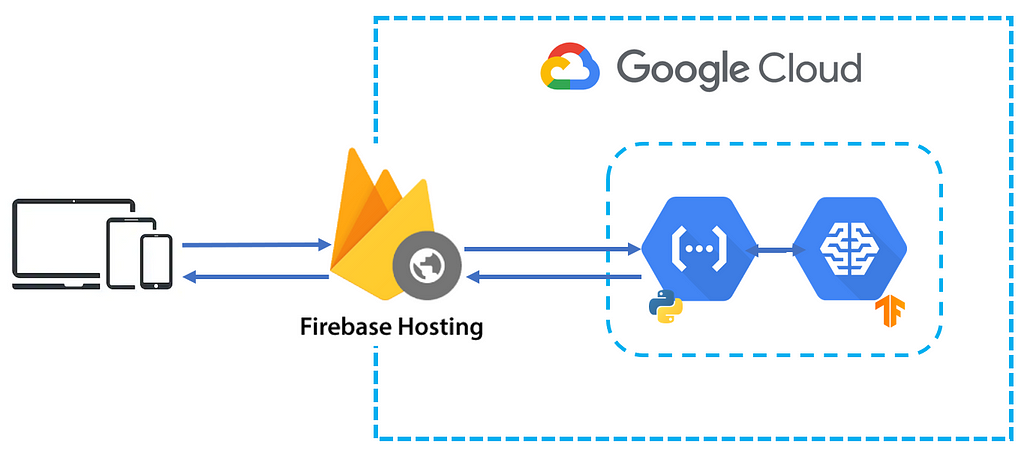Exploring the World of React Alternatives: Beyond the Horizon
React has undoubtedly been one of the most influential and popular JavaScript libraries for building user interfaces. It has empowered developers to create dynamic, interactive, and efficient web applications. However, as technology evolves, so do the options available to developers. In this blog post, we will delve into the realm of React alternatives, exploring some noteworthy contenders that have emerged on the horizon.
1. Vue.js – The Progressive Framework
Vue.js has been gaining momentum as a compelling alternative to React. It boasts a gentle learning curve, making it an attractive option for both seasoned developers and beginners alike. Vue.js embraces a component-based architecture, similar to React, making it easy to understand and manage the UI components. It also offers seamless integration with existing projects, allowing developers to gradually adopt it as they see fit. Vue.js shines with its elegant syntax and a rich ecosystem of libraries and plugins, contributing to its popularity.
2. Angular – The Full-fledged Framework
Angular, developed and maintained by Google, is a robust front-end framework that provides comprehensive tools and features for building complex applications. While React is a library, Angular is a complete framework, offering everything from state management and routing to form handling and HTTP client services out of the box. This can be advantageous for larger-scale projects that require a well-organized and structured codebase. However, Angular’s learning curve is steeper than React or Vue.js, which may be a consideration for some developers.
3. Svelte – The Compiler Magic
Svelte is a relatively new entrant in the world of JavaScript frameworks. It takes a unique approach by shifting the heavy lifting of the framework to build time rather than run time. Svelte compiles components into highly optimized JavaScript code, resulting in a smaller bundle size and faster load times. Developers often praise Svelte for its simplicity and lack of boilerplate code. Unlike React, Svelte doesn’t use a virtual DOM, which can lead to better performance in some cases.
Microsoft Inspire 2023: Unleashing AI Transformation Through Strategic Partnerships
4. Ember.js – The Convention over Configuration
Ember.js is a battle-tested, opinionated framework that follows the convention over configuration principle. It enforces a strict structure and development patterns, which can be beneficial for large teams working on long-term projects. Ember.js provides a set of tools and features out of the box, reducing the need for external libraries. However, this opinionated nature may not suit every developer, especially those who prefer more flexibility and freedom in their codebase.
5. Preact – The Lightweight Alternative
If you’re looking for a React-compatible alternative that is lightweight and fast, Preact could be the answer. Preact is a smaller and faster version of React, aiming to maintain compatibility while minimizing the bundle size. It provides a familiar API, making it relatively easy for React developers to transition to Preact. For projects where size and performance are critical factors, Preact can be a valuable alternative to consider.
6. Inferno – The Lightning-fast Alternative
Inferno is a React-like library that boasts unparalleled speed and performance. It focuses on providing a tiny footprint while still maintaining compatibility with React APIs. Inferno is an excellent choice for projects that prioritize speed and responsiveness. Its rendering engine is highly optimized, making it one of the fastest front-end libraries available. Developers can easily switch from React to Inferno without significant code changes, making it a viable alternative for those seeking a performance boost.
7. Mithril – The Minimalistic Option
Mithril is a lightweight JavaScript framework that emphasizes simplicity and ease of use. It features a small footprint, making it ideal for building fast and efficient single-page applications. Despite its simplicity, Mithril offers powerful features, including a virtual DOM implementation and routing capabilities. Its concise API and small size make it easy to learn and integrate into existing projects. For developers who prefer minimalist solutions, Mithril is an excellent choice as a React alternative.
8. Riot.js – The Micro-library for Component-Based UI
Riot.js is a simple and lightweight micro-library for building component-based user interfaces. It offers a small yet powerful set of features, making it easy to get started with building web applications. Riot.js utilizes a tag-based syntax that closely resembles HTML, simplifying the learning curve for developers familiar with front-end technologies. Its modularity allows developers to include only the features they need, resulting in a compact bundle size. Riot.js is particularly suited for small to medium-sized projects where simplicity and performance are essential.
9. Backbone.js – The Time-Tested Framework
Backbone.js has been around for quite some time and has stood the test of time as a reliable alternative to React. It provides a straightforward structure for organizing code through models, views, collections, and routers. Although it may not have all the bells and whistles of modern frameworks, Backbone.js is well-suited for projects that require a lightweight, flexible, and customizable approach. Developers can easily integrate Backbone.js into existing applications and gradually introduce its components, making it an excellent choice for incremental adoption.
10. Marko – The Isomorphic UI Library
Marko is a UI library with a focus on server-side rendering (SSR) and isomorphic applications. Developed by eBay, Marko offers efficient rendering on both the server and client, enabling faster page loads and improved SEO. It employs an HTML-based syntax with custom tags for defining components. Marko’s SSR capabilities make it a robust alternative for projects that require SEO optimization and efficient content delivery. Developers can also take advantage of its built-in support for asynchronous rendering, reducing time-to-first-byte and enhancing the user experience.
The JavaScript landscape continues to evolve rapidly, and developers are spoiled for choice when it comes to selecting the right front-end framework or library for their projects. While React has been a dominant player in recent years, it’s essential to be aware of the alternatives available. Vue.js, Angular, Svelte, Ember.js, and Preact are just a few of the remarkable options out there.
Ultimately, the choice of framework or library depends on various factors, including project requirements, team expertise, and development preferences. Each alternative has its own strengths and weaknesses, and developers should carefully evaluate their needs before making a decision.
As the web development community continues to grow, we can expect even more innovations and alternatives to React in the future. Whatever your choice, it’s essential to stay updated with the latest trends and technologies to build cutting-edge web applications and create amazing user experiences.












